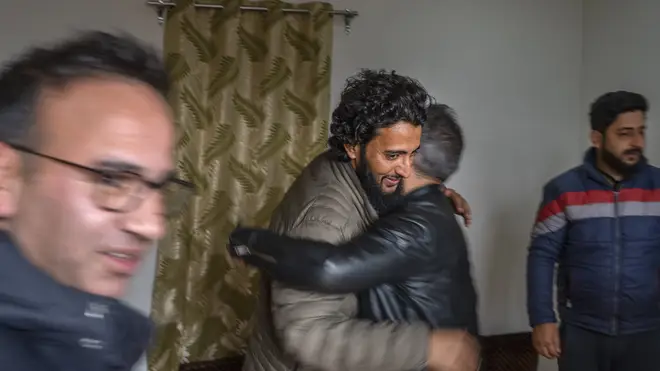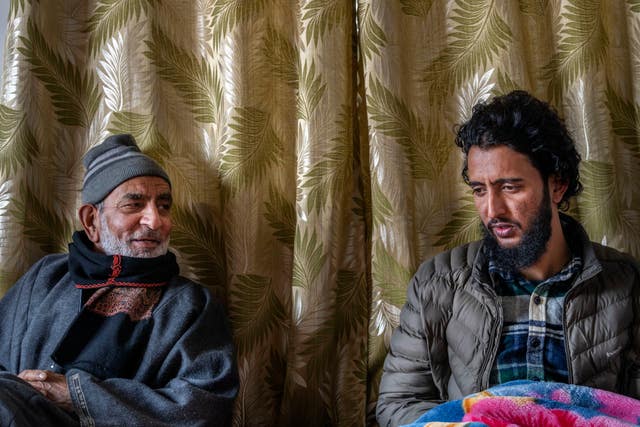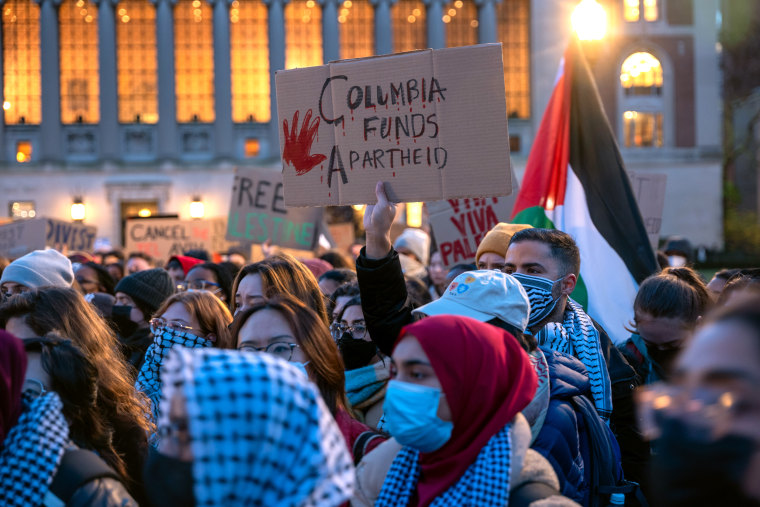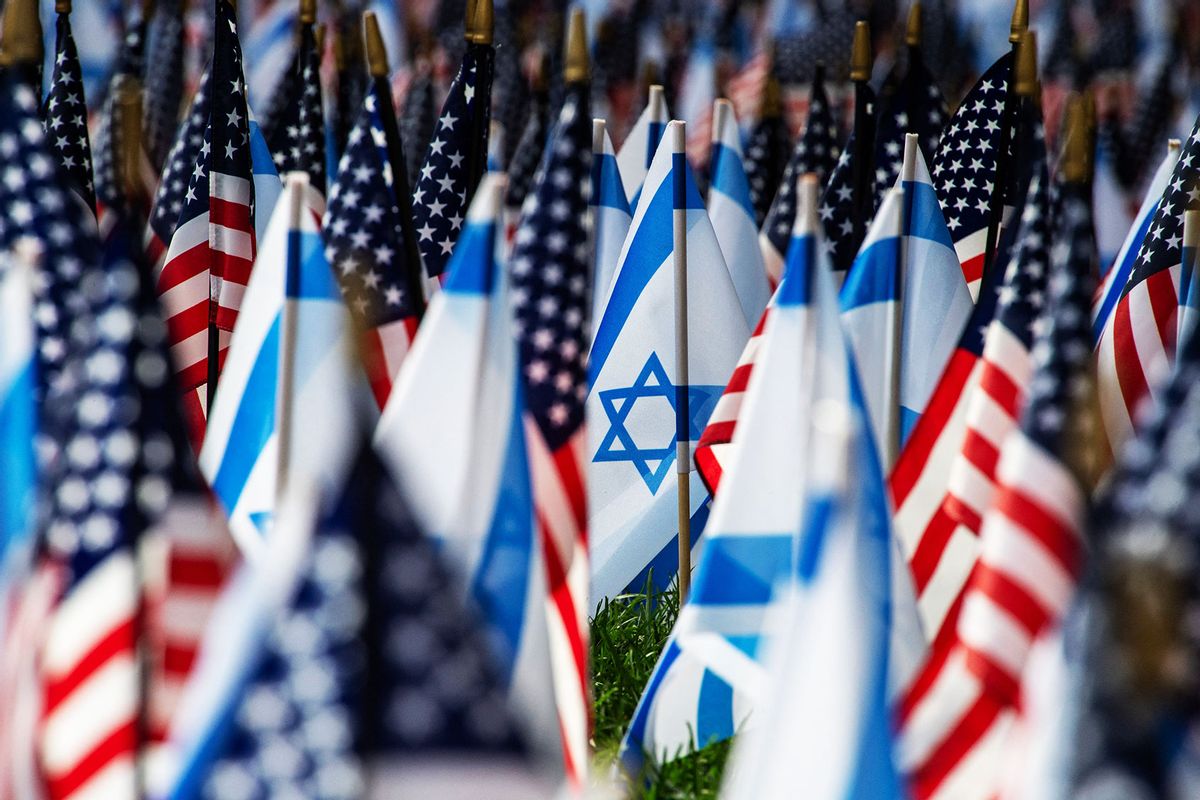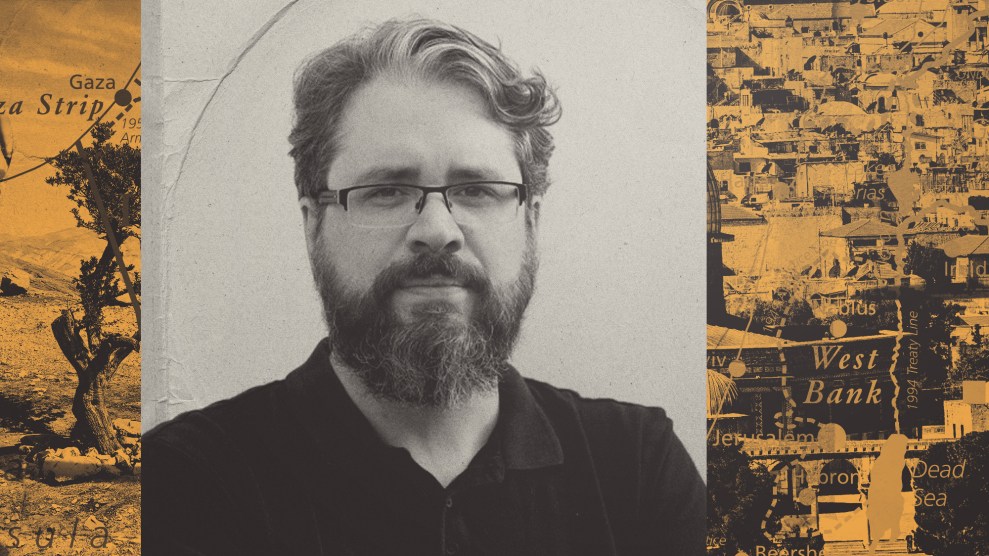
I remember the time, back in the 80s, when I first started hearing the conservative trope that Social Security is an (undeserved) ‘entitlement program.’ Even then, before the rise of right-wing ‘win at any cost’ politics, I knew there was something dangerously wrong with that idea.
After all, Americans pay into Social Security all their working lives — specifically so they’ll have post-retirement income to help them out during their later years. So why was it being denigrated as an ‘entitlement’ program?
Similarly, around that time Reagan and many Republicans began pushing the idea that the Federal government is ‘the enemy.’ Reagan famously half-joked that “The most terrifying words in the English language are: I’m from the government and I’m here to help.” By the mid-80s Grover Norquist and other anti-tax Republicans had started a movement with the ultimate goal, as he later described it, of reducing the Federal government “to the size where I can drag it into the bathroom and drown it in the bathtub.”
Not exactly a positive or peaceful message, is it?
All progressive ideas and social programs must GO
Scarily, the common goal linking these so-called ‘conservative’ ideas is to stir up deep fear and even loathing in Americans: fear and loathing of the government, government programs, elderly American ‘parasites,’ and social programs in general. The goal has been to stir up deep paranoia about our federal government and our society, and undermine ALL the progressive ideas behind FDR’s ‘New Deal’ and Pres. Johnson’s ‘Great Society’ programs.
Fast forward to today — forty years later — and we see the U.S.A. embracing authoritarianism and teetering on the brink of out-and-out fascism. Forty years later, many of the most radical ideas and antisocial themes promoted by the far right have become an accepted ‘normal’ aspect of our politics. But the truth is, these ideas and memes aren’t ‘normal’… or accurate … or compassionate … or helpful.
They are all designed with one thing in mind: to scare and oppress people, and to scare Americans into revoking many of the rights and benefits associated with ‘modern’ America. And these persistent right-wing efforts have been SO successful that now Americans should be very scared — of all the antisocial horrors the right wing is spawning. And of all the new horrors that will be spawned if Trump ever gets anywhere near the oval office again.
Due to the rise and dominance of extreme right-wing ideologies, many state governments and even our Supreme Court have become ‘enemies of the people’ and of democracy. What awful, horrific irony! Under the aegis of these pervasive and destructive ideologies, many rights and freedoms of women, liberals, minorities, and LGBTQ+ folks are now being stripped away. That’s … fascism in action.
Right-wing messaging now dominates America
How has all this happened? Just HOW did right wing messaging come to so thoroughly dominate American political discourse and ‘ideals.’ I think there’s no better explanation or imagery for this than the slow, steady ‘drip, drip, drip’ of water gradually eroding and wearing down solid rock … or the endless, maddening ‘drip, drip, drip’ utilized in ancient Chinese water torture.
In both cases, seemingly solid rock — and peoples’ formerly reliable minds — have been worn down and worn away to the point of total disintegration. Peoples’ inner moral compass, empathy, and sense of social responsibility has been deliberately attacked and worn down — over several decades. Their inner mental ‘picture’ of our reality has been profoundly and deeply altered.
On one level, it’s all merely a cynical ‘divide and conquer’ strategy. But this right-wing strategy has taken it so far, for so long, that it’s now deeply ingrained in most Americans’ minds — and our nation and our society are at grave risk of total failure and collapse. All along, we’ve been subjected to one ‘small’ shift, one new ‘tiny’ change, or one more ‘little’ shattered norm at a time — so things never seemed completely out of control.
But then multiply these ‘little’ repressive, regressive changes by … a million. Persistent attacks on our government, immigrants, minorities, LGBTQ+ folks, and our social services gradually became normalized.
Drip, drip.
And this all occurred before the rise of Trump, MAGA, and so-called ‘Trumpism’ (which I think is a total absurdity, since Trump has no platform except his own self-aggrandizement). The dismaying ascent of right-wing ideology over the past forty years did, however, pave the way for Trump to emerge and also to fully dominate the Republican party.
The steady right-wing ‘drip, drip, drip’ was SO successful that now, with the rise of Trump, it’s turned into a raging torrent. It’s turned into a massive torrent of lies, paranoia, bullying, racism, and overt anti-democratic actions and laws. Even anti-women actions and laws.
Our nation is now in deep, deep shit.
False equivalency, ‘both-sides-ism,’ and other media failures
Sadly, our American media have been way behind the eight ball in terms of identifying, explaining, and ‘outing’ what the right and far-right have been doing to undermine the U.S. and transform America into their preferred Christian-fascist nation.
In general, our media and Internet outlets have been far too polite and accepting, and have also engaged in continual ‘both-sides-ism’ — meaning that pro-democratic and pro-repression forces are given equal weight and equal time.
While I understand media’s desire to be ‘fair’ and ‘objective,’ the truth is that pro-fascist ideas and repressive actions and laws are extremely dangerous. They promote racism, hate, and rage, and often incite various forms of violence. The same can’t be said for pro-democracy ideas, actions, and laws, which tend to promote fairness, equality, social justice, and other social advancements.
Overall, the violence encouraged and perpetrated by the far right eclipses any violence perpetrated by leftists.
So rationally speaking, there is NO equivalence between right-wing and left-wing positions and policies. The first is turning out to be quite oppressive — and very bad for our nation as a whole — while the second believes in and supports the original ‘American dream’ enshrined in our Constitution. Our media’s failure to detail and fully expose pro-fascist ideas and actions, it turns out, is actually a deep failure to be an objective, reliable source of crucial information.
What a weird paradox: their desire to be totally ‘objective’ has kept them from being accurate and objective! Plus, false equivalency has created a skewed and objectively dangerous misunderstanding in many Americans’ minds.
The result? Over the past forty years, right-wing ideas and beliefs have slowly seeped into our minds and warped our thinking and our compassion — and American media are largely to blame (especially Fox ‘News’). Things have gotten SO out of hand, now — since Trump burst on our political scene — that fascism-friendly ‘conservatives’ all across the U.S. feel emboldened, and are constantly screaming about being ‘censored’ or ‘canceled’ by American media and internet giants. They are trying hard to bully us into submission.
The real truth, however, is much more the opposite. Leftist and progressive ideas and discourse have been gradually disappearing from our airwaves, TV, and the internet, while right-wing ‘talking points’ and even far-right fascism have been growing and flourishing all across our nation. In fact, the current ratio of right-wing media outlets to left-wing ones is outrageously tilted towards the right — with the ratio being about four or five to one.
The far right wants to remake America in its own fascist, racist image
The vast chasm between our ascendant right-wing and our shrinking, ineffectual left-wing is an observable, documented fact — yet the steady ‘drip, drip, drip’ of right-wing ideologies has shifted Americans’ mental ‘picture’ of our society so much that most Republicans believe that ‘socialists’ are controlling America … and conservatives ARE being oppressed, ‘canceled,’ etc.
However, these ‘canceled’ conservatives are largely controlling the narrative, and are also successfully enacting many, many oppressive, anti-democratic (small ‘d’) laws — yet they still keep moaning about how ‘censored’ and ‘disempowered’ they are.
This frightening fiasco shows the accuracy of that old saying ‘give ’em an inch, and they’ll take a mile.’ Except with rising American fascism, it’s more like ‘give ’em an inch, and they’ll take a million miles.’ Today’s ascendant far right has made it perfectly clear that they want total control, and they’re not going to be satisfied until they’ve remade America in their own fascist, racist image.
These folks, who think they’re ‘patriots,’ of course are nothing of the sort. They are only too happy to lie, cheat, bully, attack minorities, attack immigrants, and take away vital human rights from women, LGBTQ+ folks, and any remaining progressives.
These American fascists are still controlling the narrative in this country — very much so — and they’re still supporting Donald ‘Cruel Fascist Bully’ Trump to run for and be our next president. Our hapless media have proven to be totally inadequate and impotent, and in no way up to our present challenge(s). And our slow-as-molasses court systems are not faring much better.
What could possibly go wrong?
Drip, drip, drip.
—
This post was previously published on medium.com.
